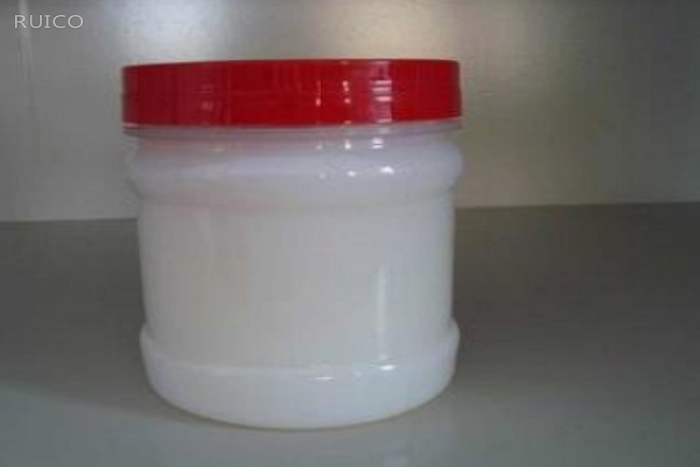Update:If the experience of architectural coatings and printing coatings is compared to "cooking", then the water-based acrylic...
If the experience of architectural coatings and printing coatings is compared to "cooking", then the water-based acrylic resin used in it is an indispensable seasoning, and the quality of water-based acrylic is directly related to the appearance and taste of this "dish". Therefore, acrylic resin plays a "finishing touch" effect in the product. The main function of acrylic resin in high temperature fire retardant coatings is to ensure the basic physical properties of coatings at room temperature, such as hardness, strength, water resistance, etc.
Acrylic resin is a resin made from the copolymerization of acrylates, methacrylates and other olefinic monomers. By choosing different resin structures, different formulations, production processes and solvents, it can be synthesized with different types, properties and solvents. Acrylic resins in different applications can be divided into thermoplastic acrylic resins and thermosetting acrylic resins according to the difference in structure and film-forming mechanism.
Main features: Acrylic coating can achieve the decorative effect of imitating aluminum composite panel, with excellent metallic texture and metallic luster; excellent gloss and color retention; tough coating, good impact resistance and abrasion resistance, and scratch resistance; It has excellent acid resistance, alkali resistance, chemical resistance and salt spray resistance; high hardness and good adhesion. The paint film VOC residue detection has passed the European environmental protection test, which is very popular with export enterprises.
Application suggestion: This product is very suitable for topcoat coating on plastic surface, and can also be used for resin of water-based aluminum-silver paint.
Features introduction: good ethanol resistance, good orientation to aluminum powder, can not form a film alone, need to add a film-forming aid or a film-forming resin
【Physical Properties】
Appearance milky white translucent liquid
Solid content (%) 45
Tg(℃)100
Hardness (konigsec) 150
PH8.5
Viscosity (cps)<250cps
Nowadays, the trend of environmental protection is getting stronger and stronger, and all walks of life have put environmental protection and green in the first place, acrylic resin. Water-based development is also imperative. Water-based acrylic resins include acrylic resin emulsions, aqueous acrylic resin dispersions (also known as water-dilutable acrylic resins), and aqueous acrylic resin solutions. Emulsions are mainly synthesized by emulsification of oily vinyl monomers in water under the initiation of aqueous free radical initiators, while resin aqueous dispersions are synthesized by different processes such as free radical solution polymerization or stepwise solution polymerization. Seen from particle size: emulsion particle size> resin aqueous dispersion particle size> aqueous solution particle size. From the application point of view, the first two are the most important. As the base material of latex paint, acrylic emulsion occupies an important application in the architectural coatings market, and its application is still expanding. Compared with traditional solvent-based coatings, water-based coatings have the advantages of low price, safe use, saving resources and energy, reducing environmental pollution and pollution, and thus have become the main direction of the current development of the coatings industry.

